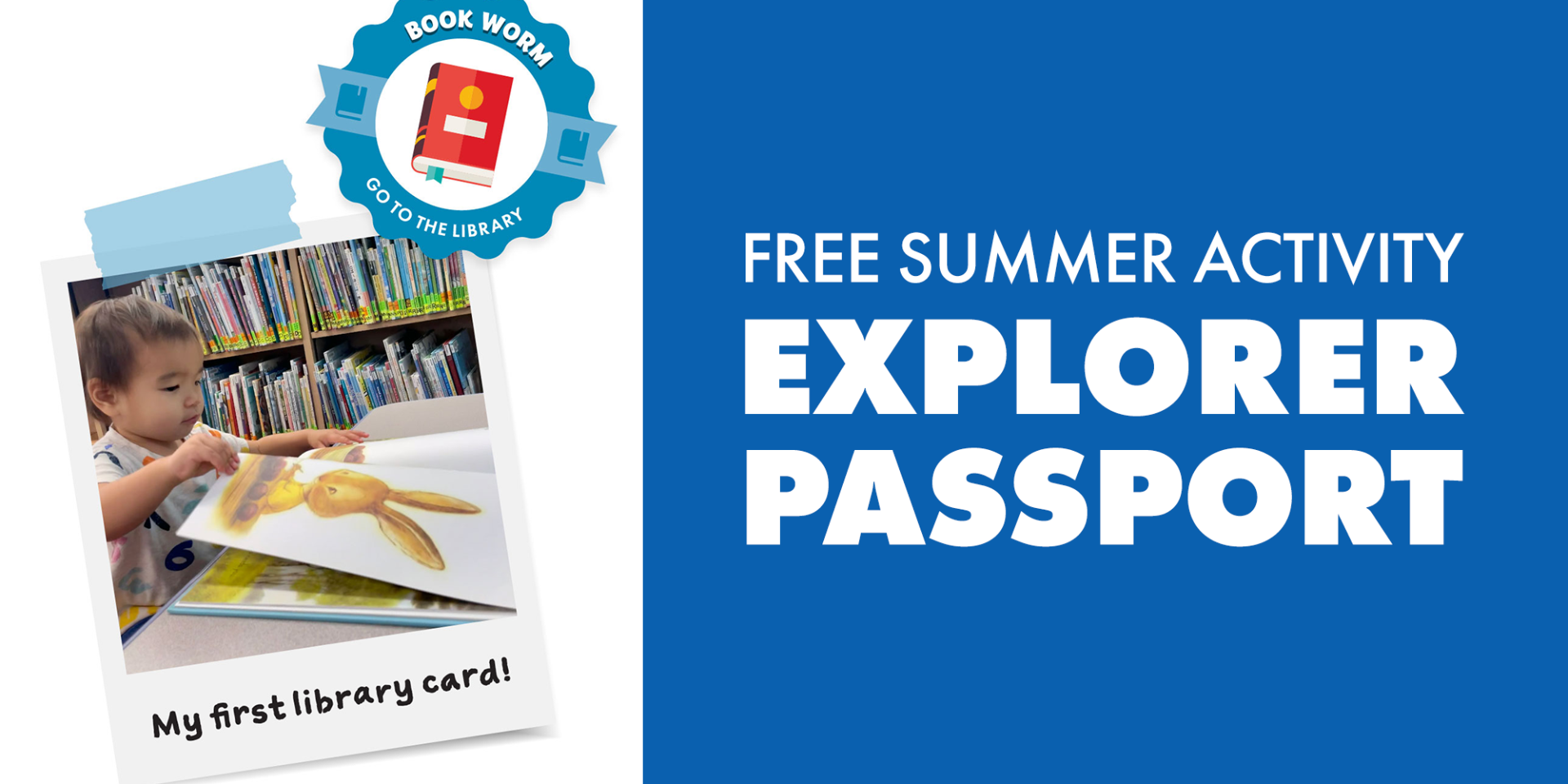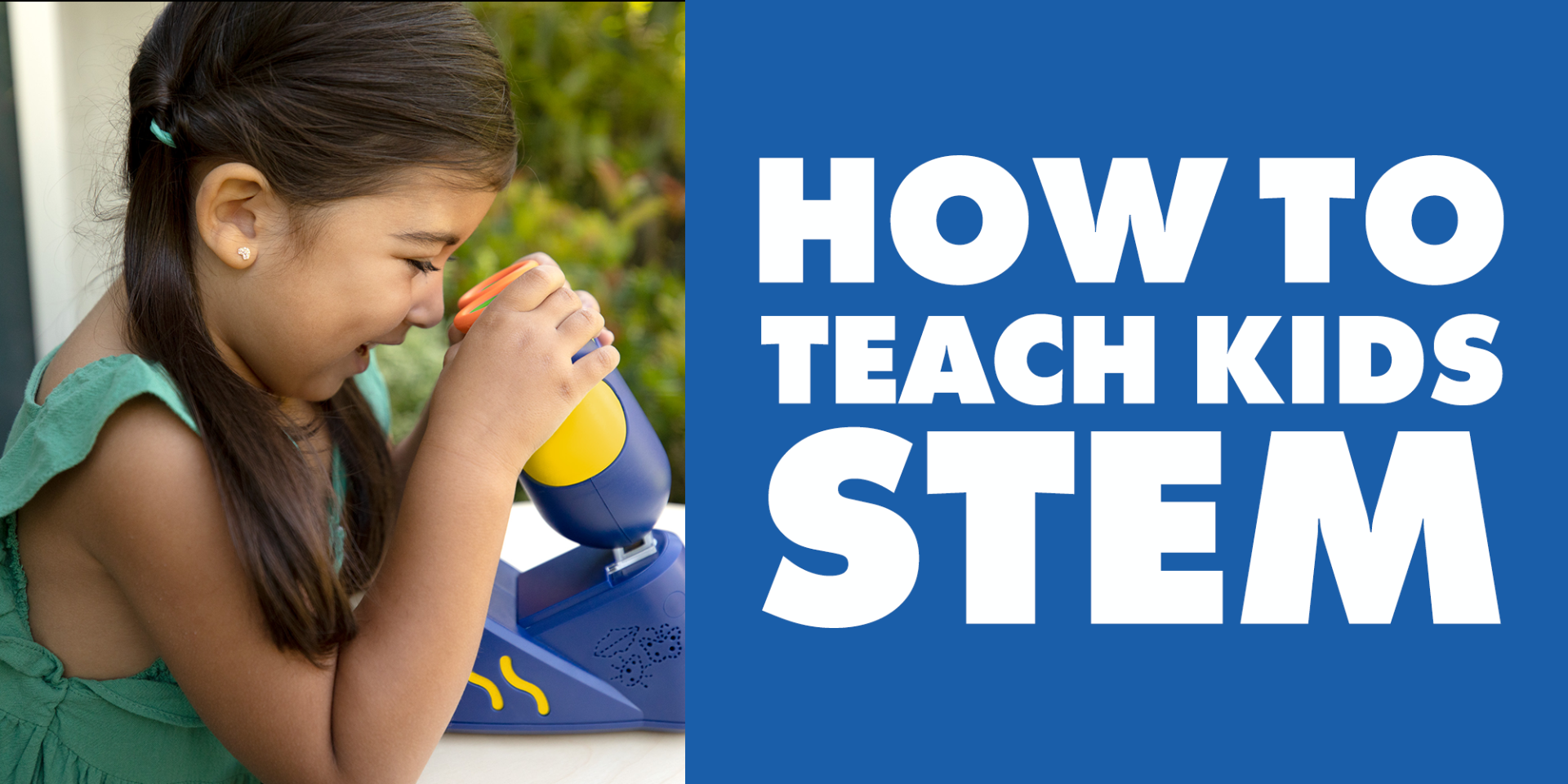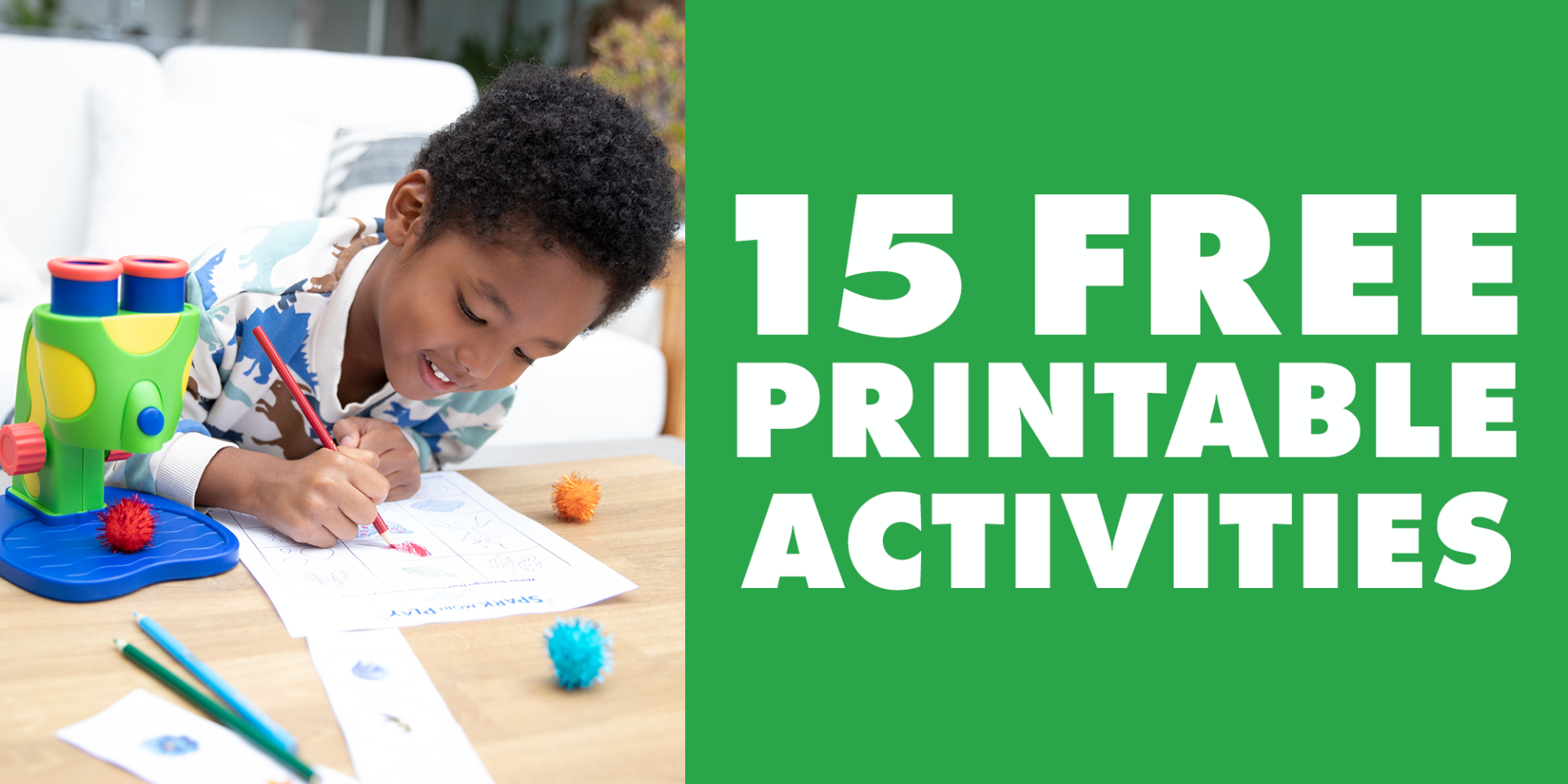
Little Miss Manners: Teaching the Fine Art of Thank You
"Please” and “thank you” were probably among your child’s very first words and they’re definitely three of the most important words in the English language. “Thank you” comes into play big time during the holidays, with so many gifts and kindnesses to acknowledge. Whether for a delicious, home-cooked meal or a brand new bike, saying “thank you” goes a long way, especially during the holidays. Read on for some simple ways to teach your kids the etiquette of expressing thanks. Verbal ThanksGratitude comes naturally for most kids when they receive something they genuinely appreciate, but you may need to remind them that it’s the thought that counts before they dive into the stack of gifts under the tree. Have a quick conversation about how wonderful it is for someone to have thought about your child, making a special trip to shop for something they think your child might like, and spending their hard-earned money to purchase that gift, even if it’s not exactly what your child would have chosen. Whether it’s your kiddo’s cup of tea or not, the thought is truly what matters. If they seem to understand, you can also remind your child that many gifts can be exchanged if need be. Teach—and practice!—the three steps below before gift time:
Verbal ThanksGratitude comes naturally for most kids when they receive something they genuinely appreciate, but you may need to remind them that it’s the thought that counts before they dive into the stack of gifts under the tree. Have a quick conversation about how wonderful it is for someone to have thought about your child, making a special trip to shop for something they think your child might like, and spending their hard-earned money to purchase that gift, even if it’s not exactly what your child would have chosen. Whether it’s your kiddo’s cup of tea or not, the thought is truly what matters. If they seem to understand, you can also remind your child that many gifts can be exchanged if need be. Teach—and practice!—the three steps below before gift time:
 Verbal ThanksGratitude comes naturally for most kids when they receive something they genuinely appreciate, but you may need to remind them that it’s the thought that counts before they dive into the stack of gifts under the tree. Have a quick conversation about how wonderful it is for someone to have thought about your child, making a special trip to shop for something they think your child might like, and spending their hard-earned money to purchase that gift, even if it’s not exactly what your child would have chosen. Whether it’s your kiddo’s cup of tea or not, the thought is truly what matters. If they seem to understand, you can also remind your child that many gifts can be exchanged if need be. Teach—and practice!—the three steps below before gift time:
Verbal ThanksGratitude comes naturally for most kids when they receive something they genuinely appreciate, but you may need to remind them that it’s the thought that counts before they dive into the stack of gifts under the tree. Have a quick conversation about how wonderful it is for someone to have thought about your child, making a special trip to shop for something they think your child might like, and spending their hard-earned money to purchase that gift, even if it’s not exactly what your child would have chosen. Whether it’s your kiddo’s cup of tea or not, the thought is truly what matters. If they seem to understand, you can also remind your child that many gifts can be exchanged if need be. Teach—and practice!—the three steps below before gift time:- Look at the tag and say the name of the gift giver out loud: “Oh, this is for me, from Grandma Irene!” If there’s a card included, open and read the card before opening the gift.
- Open the gift and hold it up for all to see.
- If the gift giver is in the room, look her in the eye and say a sincere thank you—or, better yet, get up and give her a hug.
- Gather your supplies ahead of time. Paper, pens (a playful pen like our Puppet-on-a-Pen™ can make writing anything more fun!), crayons, markers, and stickers can make thank you notes feel more like an art project.
- Be sincere. If your child didn’t love the gift, he doesn’t need to say he did. Help him find another aspect to praise—how thoughtful the gift giver was to think of him, how much he enjoyed unwrapping the gift, how much time it must have taken to make the gift (in the case of a hand-made present).
- Add some color. Whether your child is writing her own thank you note, or you’re transcribing a younger child’s words, custom artwork adds a bit of flair to any note. A hand-drawn picture of your child using the gift, or of your family gathered around the menorah or Christmas tree, adds a special touch to any thank you.
 Shop UK Site
Shop UK Site 



























































